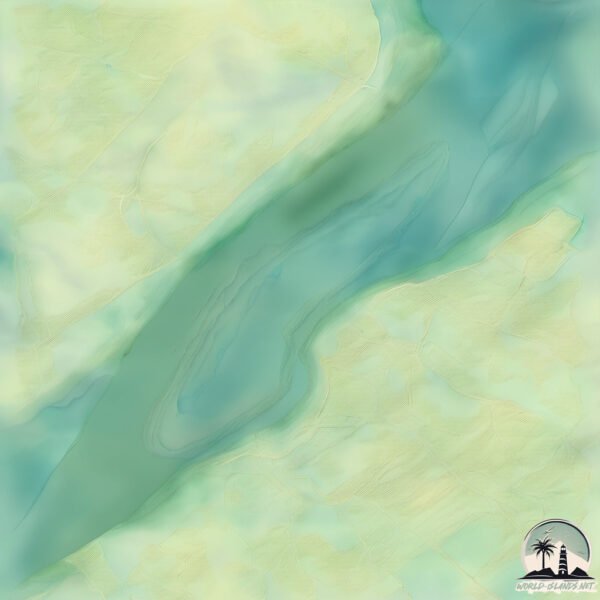Welcome to Raul Dunarea , a Dry island in the Black Sea, part of the majestic Atlantic Ocean. This guide offers a comprehensive overview of what makes Raul Dunarea unique – from its geography and climate to its population, infrastructure, and beyond. Dive into the details:
Geography and size of Raul Dunarea
Size: 1.34 km²Coastline: 6.5 kmOcean: Atlantic OceanSea: Black SeaContinent: Europe
Raul Dunarea is a Small Island spanning 1.3 km² with a coastline of 6.5 km.
Archipel: –
Tectonic Plate: Eurasia – One of the world’s largest tectonic plates, the Eurasian Plate covers a significant portion of Europe and Asia. It’s characterized by diverse geological features, including the Ural Mountains, the European Plain, and the Himalayas formed from its collision with the Indian Plate.
The geographic heart of the island is pinpointed at these coordinates:
Climate and weather of Raul Dunarea
Climate Zone: DryClimate Details: Cold Semi-Arid (Steppe) ClimateTemperature: Cold
Climate Characteristics: Characterized by hot summers and cold winters, this climate is typically found on the edges of continental zones. It receives sufficient precipitation to avoid desert conditions.
Topography and nature of Raul Dunarea
Timezone: UTC+02:00Timezone places: Europe/MariehamnMax. Elevation: 9 m Mean Elevation: 9 mVegetation: Cultivated LandTree Coverage: 48%
The mean elevation is 9 m. The highest elevation on the island reaches approximately 9 meters above sea level. The island is characterized by Plains: Flat, low-lying lands characterized by a maximum elevation of up to 200 meters. On islands, plains are typically coastal lowlands or central flat areas.
Dominating Vegetation: Cultivated Land
Vegetation: 3 vegetation zones – Moderately Diverse Island
Infrastructure and Travelling to Raul Dunarea
Does the island have a public airport? no .
Does the island have a major port? no .
The mean population of Raul Dunarea is 133 per km². Raul Dunarea is Moderately Inhabited. The island belongs to Romania .
Continuing your journey, Pacuiul Lui Soare is the next notable island, situated merely km away.
70. Vedea-Dunare
La vest de Giurgiu, intre un sector al Dunarii cu ostroave, paduri de lunca, lacuri, mlastini, canale, stufarisuri si sectorul inferior al ...
70. Vedea-Dunare
La vest de Giurgiu, intre un sector al Dunarii cu ostroave, paduri de ...
La vest de Giurgiu, intre un sector al Dunarii cu ostroave, paduri de lunca, lacuri, mlastini, canale, stufarisuri si sectorul inferior al ...
Dunărea a secat şi pune în pericol navigaţia. În unele locuri, adâncimea a scăzut la un metru
Vezi jurnalul de știri pe Antena Play:
https://goo.gl/1GtmpL Alertă pe Dunăre în dreptul oraşului Galaţi! Fluviul a scăzut atât de tare ...
47. Confluenta Olt-Dunare
Confluenta Olt-Dunare este un sit Ramsar ce se intinde pe o suprafata ...
Confluenta Olt-Dunare este un sit Ramsar ce se intinde pe o suprafata de aproape 47.000 de hectare, care se situeaza la limita ...
Romania is classified as Developed region: nonG7: Developed economies outside of the Group of Seven, characterized by high income and advanced economic structures. The level of income is Upper middle income.
News – Latest Updates and Headlines from Raul Dunarea
Stay informed with the most recent news and important headlines from Raul Dunarea. Here’s a roundup of the latest developments.
Loading...
Please note: The data used here has been primarily extracted from satellite readings. Deviations from exact values may occur, particularly regarding the height of elevations and population density. Land area and coastline measurements refer to average values at mean high tide.

